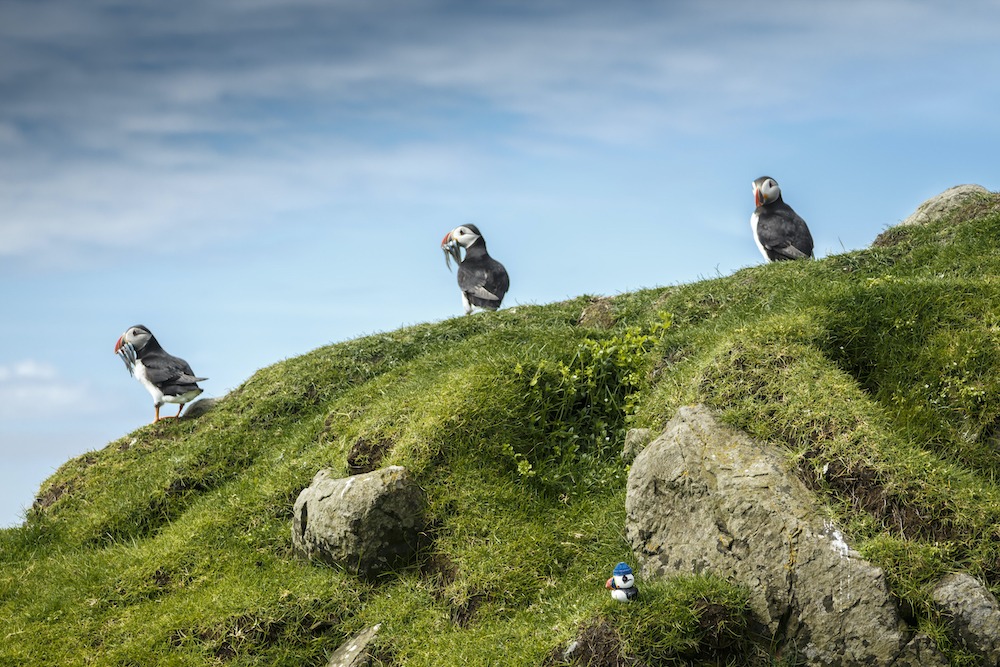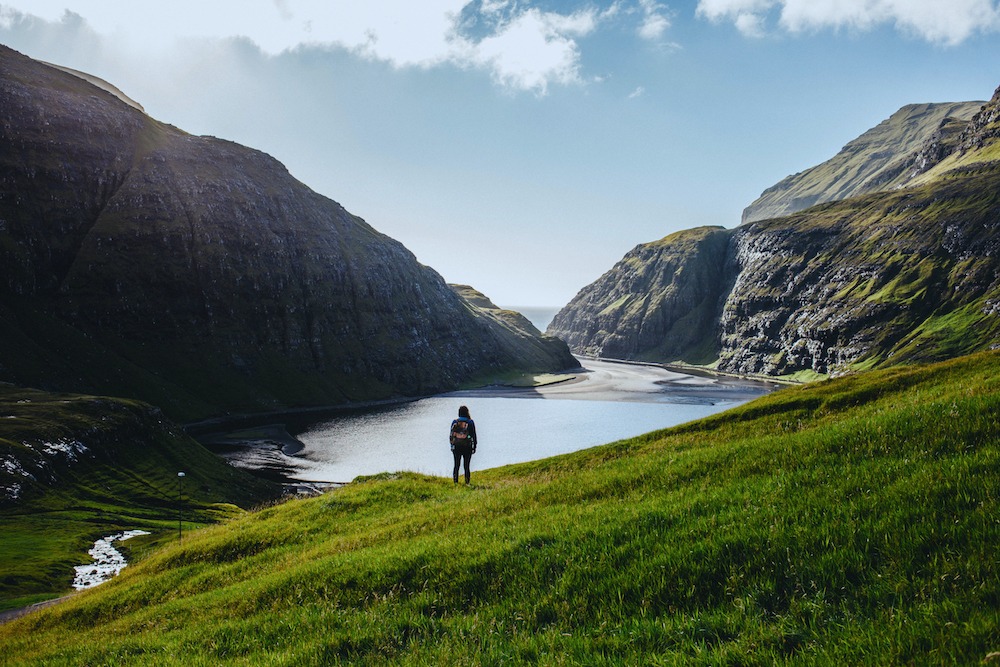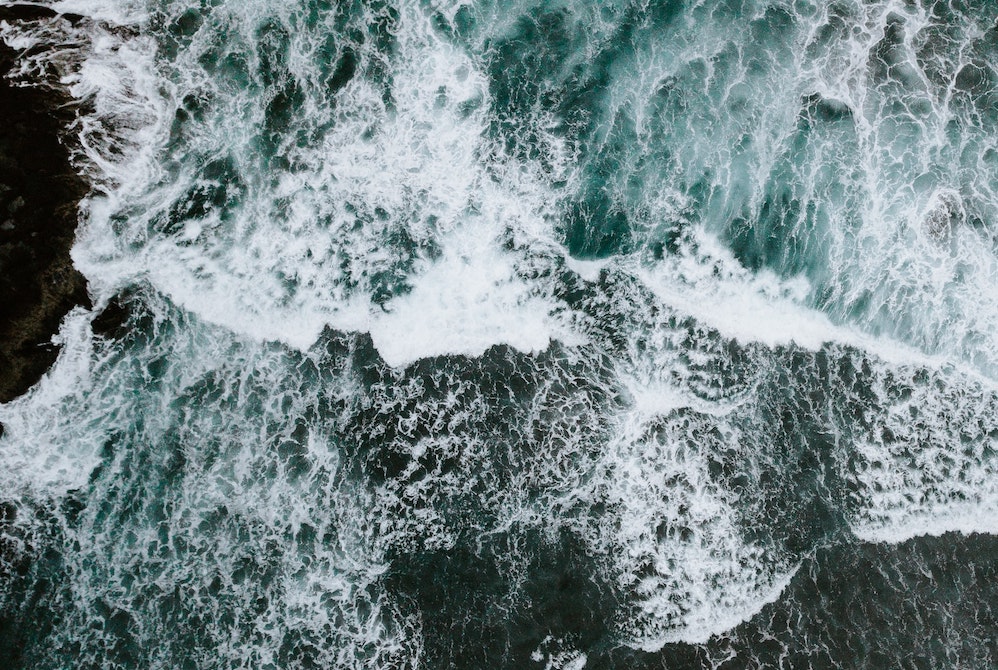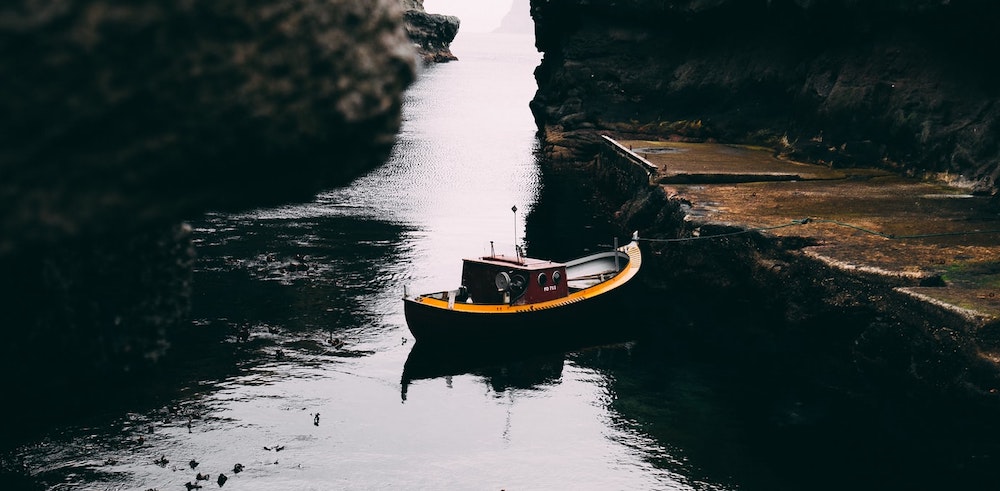
The Islands of Sheep and Paradise of Birds
The 7th century Irish Monks’ description of the Faroes as “The Islands of the Sheep and the Paradise of Birds,” remains apt to this day. Home to millions of birds, a sheep population that outnumbers humans by roughly a factor of two, mountains teeming with hares and so many fish that they form the center of a developed nation’s economy. Wildlife in the Faroe Islands is fortunately alive and thriving.
Sheep Islands
On land, the most visible animal is sheep. Whether hiking in the mountains or cruising the country roads, you see sheep everywhere. The name “Faroe Islands” derives from the word “Færeyjar” in Old Norse, which means “sheep islands.” Lamb is understandably a significant part of the Faroese cuisine. It is common for families to own stakes in areas on mountains designated for sheep around the islands as a secure and stable food source. Owning a stake in such sites entails herding sheep a few times a year and participating in the annual slaughtering. Additionally, sheep are depicted in the Faroe Islands’ historical coat of arms. Other mammals you might discover when exploring the Faroe Islands are sheep, rabbits, kettles, and horses.
Bird watching in the Faroe Islands
Shifting focus from land up in the air, records indicate that around 300 bird species have been sighted around the Faroe Islands, and about 110 of these are regular migrants or breeding birds. Our national bird is the oystercatcher, which the Faroese welcome to the Faroe Islands each year on March 12th on “Grækarismessa,” celebrating the oystercatchers’ arrival and that summer is within sight. Another favorite Faroese bird is the charming puffin, of which there are around 500,000 breeding pairs around the Faroe Islands. The Faroe Islands truly is a bird-watching paradise; hence we also offer REMÓT Experiences to pristine and off-the-beaten-path locations to observe the various birds in the Faroes.
Fish, fish, and more fish
Finally, an animal group that travelers might not always think of when considering wildlife in the Faroe Islands, but that has tremendous historic and contemporary importance for the Faroese economy and way of life, is fish. Faroese exports consist of ~95% fish, about half of which is ocean-farmed salmon. The Faroe Islands is very much a “fishing people’s nation.” Many young people start their lives on the sea already in their teens. Locals also have boats that they use for catching fish, allowing them to enjoy fresh and self-caught dinners at home. Given the Faroe Islands’ strong ties to the ocean, we have centered many of our REMÓT Experiences around the sea – such as fishing with a local, snorkeling, scuba diving, adventure sports on the ocean, and grotto concerts.
Let us help plan your trip to the Faroe Islands!
Ready to take the next step? Feel free to use our REMÓT Journey Planner to make an inquiry or email us at connect@remottravel.com. A REMÓT Travel Expert will be in touch to build an incredible travel itinerary for the Faroe Islands, including exploring Faroese wildlife!





